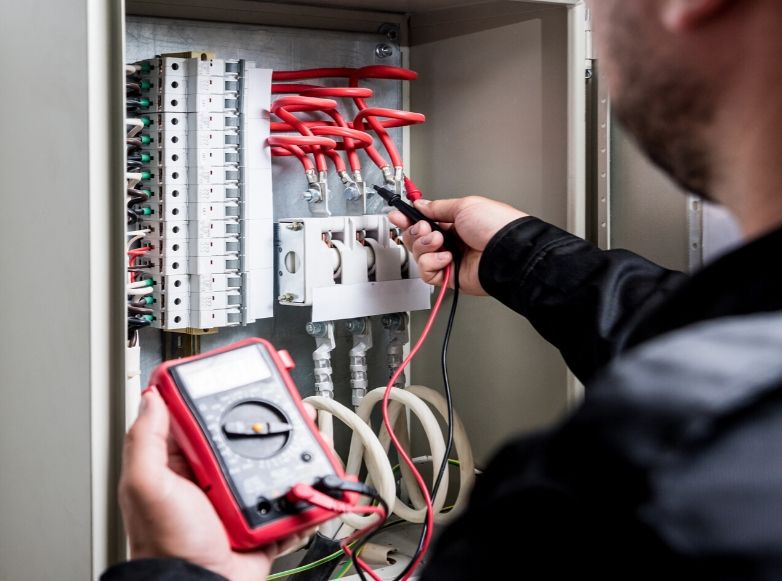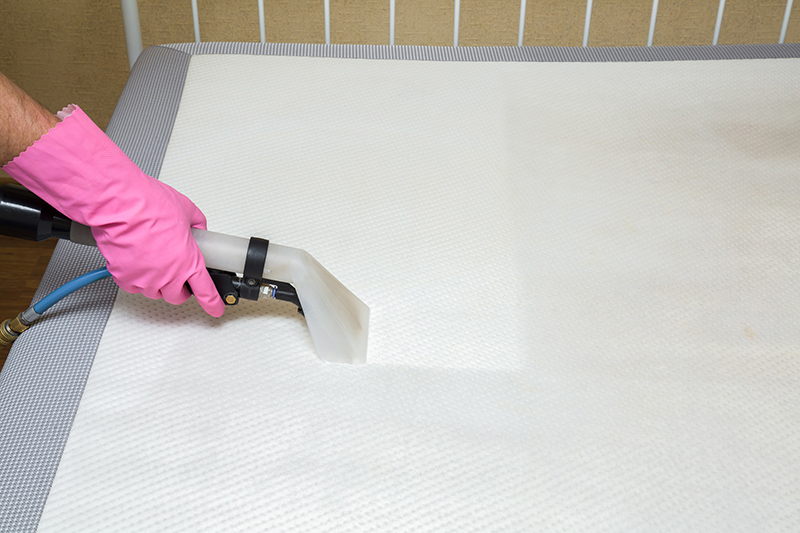In the ever-evolving landscape of modern construction, designers and architects are constantly seeking innovative solutions that not only enhance structural integrity but also promote sustainability and efficiency. Controlled environment panels (CEPs) have emerged as a versatile building material offering a plethora of benefits. However, their effective integration into design requires careful consideration of several factors to ensure excellent performance and functionality. In this article, we delve into the key considerations when designing with controlled environment panels.
Purpose And Functionality
Before incorporating controlled environment panels into a design, it’s crucial to define the specific purpose and functionality they are intended to serve. Whether it’s providing thermal insulation, improving indoor air quality, or enhancing structural stability, a clear understanding of the desired outcomes will inform the selection and placement of CEPs within the building envelope.
Environmental Conditions
The environmental conditions of the site where the building will be constructed play a significant role in determining the suitability of controlled environment panels. Factors such as temperature variations, humidity levels, wind loads, and exposure to harsh elements must be thoroughly assessed to ensure that the panels chosen can withstand and perform optimally under these conditions.
Material Selection
Controlled environment panels are available in various materials, each with its unique properties and advantages. Common options, offered by sip panel manufacturers, include expanded polystyrene (EPS), polyurethane (PUR), and mineral wool. The selection of the material should be based on factors such as thermal conductivity, fire resistance, moisture resistance, and sustainability goals.
Structural Considerations
Integrating controlled environment panels into the structural design requires careful consideration of load-bearing capabilities and compatibility with other building components. Structural engineers must assess the panel’s capacity to support vertical and lateral loads while ensuring proper connections and reinforcements to maintain structural integrity.
Building Codes And Regulations
Compliance with building codes and regulations is non-negotiable when designing with controlled environment panels. Designers must familiarise themselves with local building codes, fire safety standards, energy efficiency requirements, and environmental regulations to ensure that the chosen panels meet or exceed the mandated criteria.
Installation And Assembly
Efficient installation and assembly processes are essential for optimising time and labour costs during construction. Designers should consider the ease of handling, transportation, and installation of controlled environment panels to streamline the construction process while minimising potential delays and disruptions.
Aesthetic Considerations
While functionality is paramount, the aesthetic appeal of metal insulated panels or controlled environment panels should not be overlooked. Designers have a range of finishes, textures, and colours to choose from, allowing for seamless integration into the overall architectural vision. Attention to aesthetic details can enhance the visual impact of the building while maintaining its functional integrity.
Lifecycle Analysis
Conducting a lifecycle analysis is essential to evaluate the long-term performance and sustainability of controlled environment panels. Factors such as durability, maintenance requirements, energy efficiency, and recyclability should be assessed to determine the environmental impact and cost-effectiveness over the lifespan of the building.
Compatibility With Building Systems
Controlled environment panels must integrate seamlessly with other building systems, including HVAC, electrical, plumbing, and insulation. Coordination between different disciplines is essential to ensure that the panel installation does not compromise the functionality or efficiency of these systems.
Future Flexibility And Adaptability
Designing with controlled environment panels should also consider the future adaptability and flexibility of the building. The ability to accommodate future expansions, renovations, or technological advancements without major disruptions or structural modifications is crucial for ensuring the longevity and relevance of the built environment.
Conclusion
Designing with controlled environment panels offers architects and designers a myriad of opportunities to create sustainable, energy-efficient, and resilient buildings. By carefully considering factors such as purpose, environmental conditions, material selection, structural integrity, building codes, installation processes, aesthetics, lifecycle analysis, compatibility, and future adaptability, designers can harness the full potential of controlled environment panels to realise their architectural vision while meeting the evolving needs of the built environment.










Leave a Reply